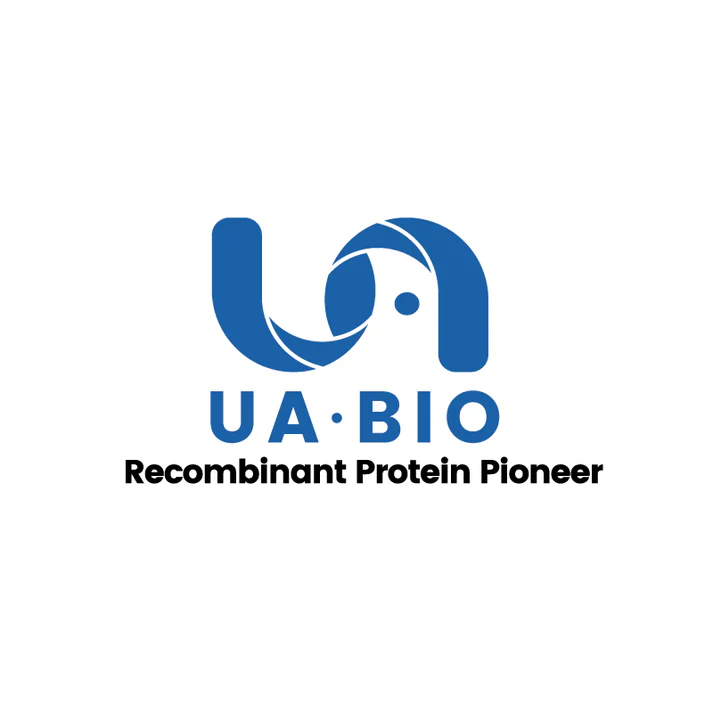Measured in a cell proliferation assay using Balb/c 3T3 mouse fibroblast cells. The EC50 for this effect is less than 0.2ng/ml.
Product Details
Product Details
Product Specification
| Species | Rat |
| Synonyms | Fibroblast growth factor 2; FGF-2; Basic fibroblast growth factor (bFGF); Heparin-binding growth factor 2 (HBGF-2); |
| Accession | P13109 |
| Amino Acid Sequence | Pro10-Ser154 |
| Expression System | E.coli |
| Molecular Weight | 17 kDa (Reducing) |
| Purity | >95% by SDS-PAGE. |
| Endotoxin | <0.1EU/μg |
| Conjugation | Unconjugated |
| Tag | No Tag |
| Physical Appearance | Lyophilized Powder |
| Storage Buffer | 20mM Tris, 600mM NaCl,1mM DTT, pH8.0 |
| Reconstitution | Reconstitute at 0.1-1 mg/ml according to the size in ultrapure water after rapid centrifugation. |
| Stability & Storage | · 12 months from date of receipt, lyophilized powder stored at -20 to -80℃. · 3 months, -20 to -80℃ under sterile conditions after reconstitution. · 1 week, 2 to 8℃ under sterile conditions after reconstitution. · Please avoid repeated freeze-thaw cycles. |
| Reference | Nat Rev Drug Discov. 2009 Mar;8(3):235-53. |
Background
Fibroblast Growth Factor-basic (FGF-basic), also known as FGF-2, is a highly conserved protein consisting of 145 amino acids. It belongs to the fibroblast growth factor family and is known for its potent mitogenic and angiogenic properties. FGF-basic plays a crucial role in various cellular processes, including cell proliferation, differentiation, and tissue regeneration. It exerts its biological effects by binding to FGF receptors and activating downstream signaling pathways, such as the MAPK/ERK and PI3K/Akt pathways. Due to its ability to stimulate cell growth and promote angiogenesis, FGF-basic has been extensively studied for its therapeutic potential in tissue repair, wound healing, and regenerative medicine.
Picture
Picture
Bioactivity
SDS-PAGE
2μg (R: reducing condition, N: non-reducing condition).


